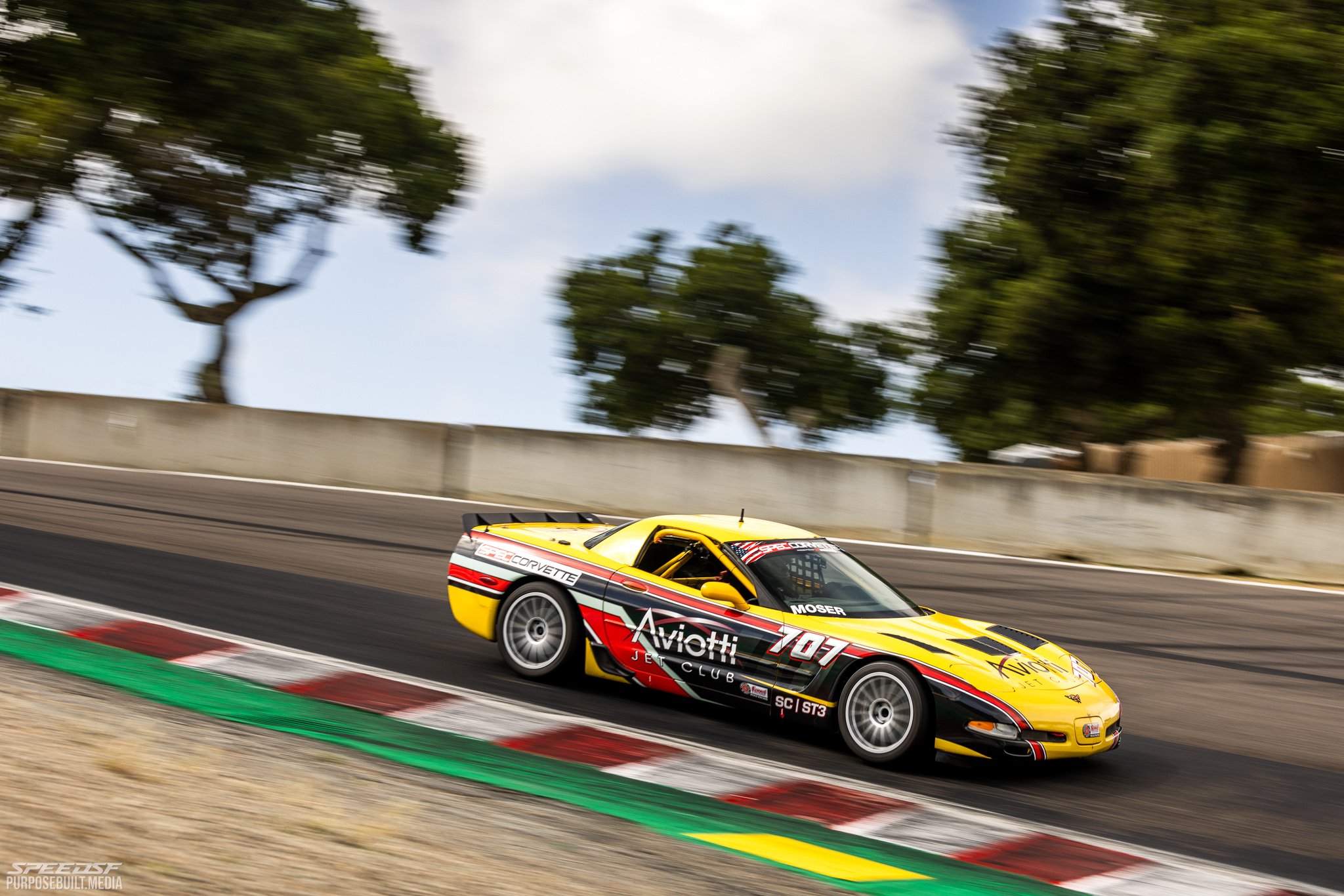
SpeedSF Blog
Every Build Has a Story – Meet the Cars of SpeedSF

AP’s Spec Corvette: Ferrari Fill-In For Forty Large
After giving the Ferrari Challenge series a shot, AP Miranda decided he’d look for a more welcoming group of drivers in another popular club series. He found Spec Corvette, a cost-conscious series based around the C5, ticked all the boxes at a sixth of the Ferrari’s price.

Thomas' Corvette: In Good Company
In only two years, Thomas has learned more than most will grasp in a decade of track days. Having a solid, dependable C5 has helped him put in his time, and having Elite Performance as a resource has made fine-tuning the car so much simpler.
